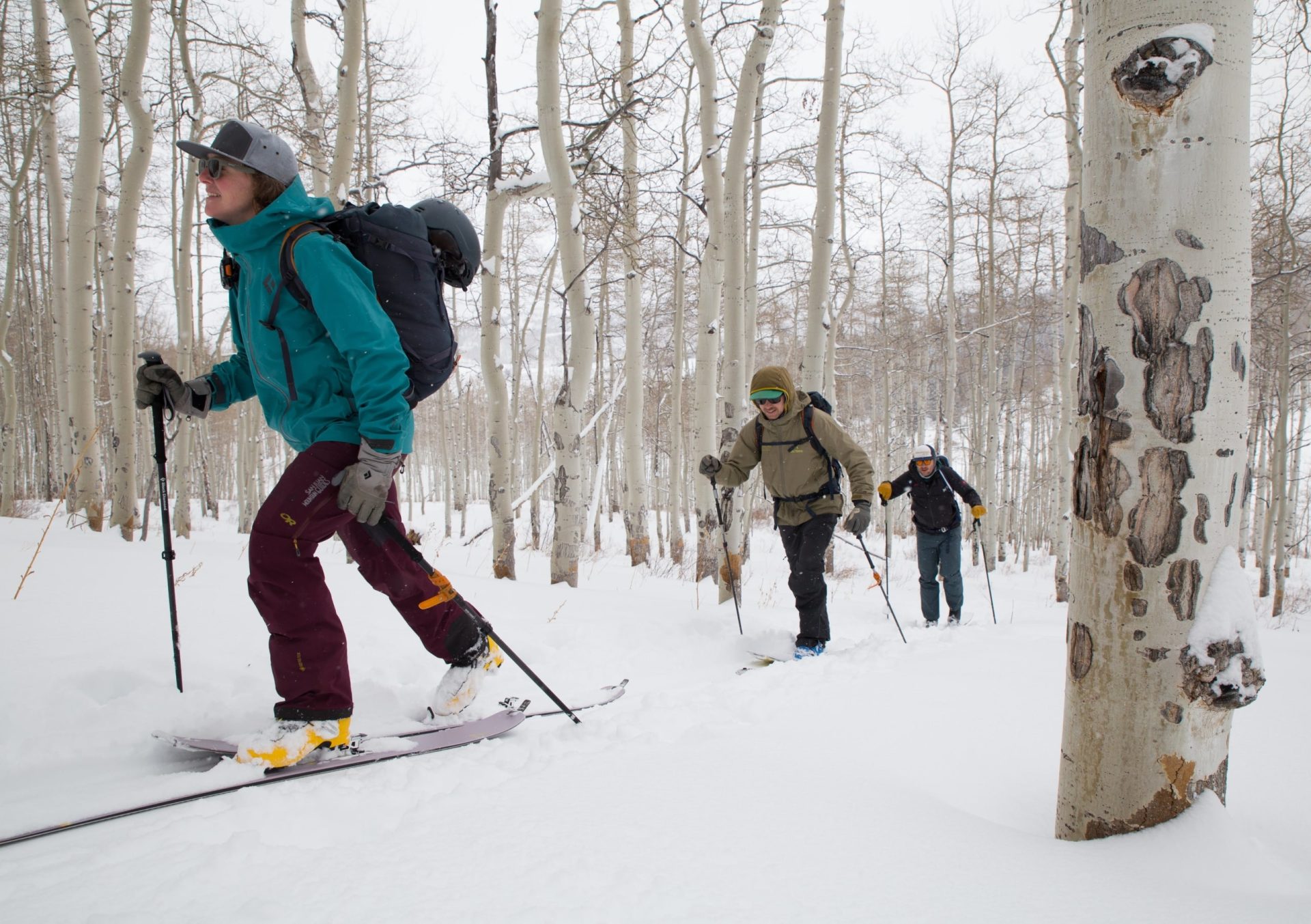
A trip into the backcountry requires unique pieces of gear different from what you’d need on a typical day at the resort. Even the obvious, like skis or a snowboard, can be totally different, with many riders preferring a lighter setup to reduce weight for the uphill portion of their excursion. Other items like a beacon probe and shovel are necessary and are needed for rescue situations in the event of an avalanche burial. However, there are additions riders can opt for to make their day in the backcountry more comfortable, safer, and expeditious. These are my favorites and gear items you should consider adding to your bag before your next trip to the mountains.

1) Backcountry Radio
Since I purchased a pair last season, my pair of radios have been a must-have for seamless communication between my partner and me in the backcountry. It’s important to have a plan when setting out to lay fresh pow lines on an untouched slope. Anything that could go wrong, you need to assume will, and when that happens, it’s essential to make adjustments and communicate them effectively so everyone gets back to the car safely. The elements aren’t always on your side, and sometimes high winds, low visibility, or terrain features stand between you and your backcountry partner. When shouting at the top of your lungs won’t work, a two-way radio like a Rocky Talkie is perfect for getting messages back and forth. Backcountry radios are durable, wind and waterproof, and have long battery life. I never go skiing without mine, and I can personally say they’ve gotten me out of a jam more than once.

2) Adaptable Gloves or Mittens
On my backcountry ski trips, I like to keep my hands warm while still having the full dexterity of my fingers when I need to adjust my gear or transition from uphill to downhill. For this, I’ve found a pair of adaptable fingerless gloves or mittens to be an essential part of my gear bag for trips into the backcountry. I use the Hestra Winderstopper Pullover Mitt. These mitts are insulated and have a removable mitt pullover system that can expose your fingers when changing your gear or transitioning. Since I purchased them, I haven’t looked back. They’ve become my favorite gear-purchase of the season.

3) Sunglasses
A good pair of sunglasses can add a lot to your backcountry excursion. Save your eyes from the bright glare of the sun beating down on the snow beneath your feet, or keep out snow and wind on a variable day. Wearing your goggles on the uphill part of your journey will guarantee you get to the top hot and sweaty. It’s not enjoyable, and comfort is essential when backcountry skiing. I picked up a pair of polarized wrap-around sunglasses that protect my vision entirely, ensure maximum effectiveness, and allow airflow. Notable goggle and sunglasses brands make some excellent models, such as Scott or Pit Viper.

4) Compact Binoculars
My absolute favorite backcountry accessory has to be the compact binoculars my brother sent me for Christmas last year. My brother is a hunter on the East Coast, and when he came out to Colorado to ski last season, he brought with him a pair of binoculars for me to use on our trips to the backcountry. He could tell I was hesitant to carry the extra weight. So when I looked over to him, he just said, “Trust me, you’ll be glad you have them in this terrain.” He was absolutely right. In my opinion, backcountry skiing is as much about the journey as it is about the skiing. Discovering new terrain, navigating it, and scoping out good lines to ride are all elements that make the adventure fun. A good pair of binoculars can improve all of these aspects. Now I never hit the skin track without them.

5) Backcountry Jacket
Backcountry adventure demands a lot for those who set out to experience it. The uphill battle, the education and experience to stay safe, and the skill to make turns on fresh snow without injury are all skills riders and skiers need to make the journey happen. Therefore, people need to hold the same standards of reliability and performance for their gear. Backcountry-specific ski jackets are much lighter and typically less burrly than resort jackets. They use different materials with features leaning heavily on breathability and decreasing overheating. When I switched from my heavy, six-year-old Patagonia jacket to a much lighter Flylow jacket, my enjoyment of the backcountry increased significantly. Many jacket brands are jumping on the trend and offering their own backcountry-specific jacket, so they’re easy to find.
Getting outside and away from the crowds for fresh turns is accessible to almost every rider, but these pieces of gear will make the experience more enjoyable. Adding one or two to your arsenal will improve your time navigating, riding, and, most importantly, staying safe. I am trying to add a few over the season, starting with a new pair of sunglasses so I look really cool on the uphill.